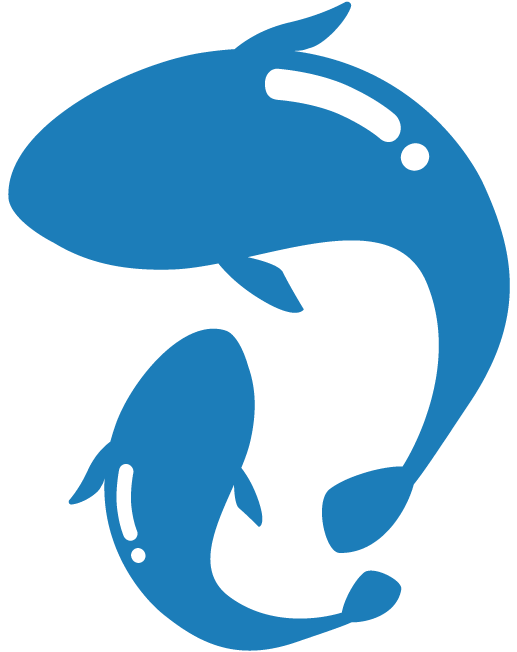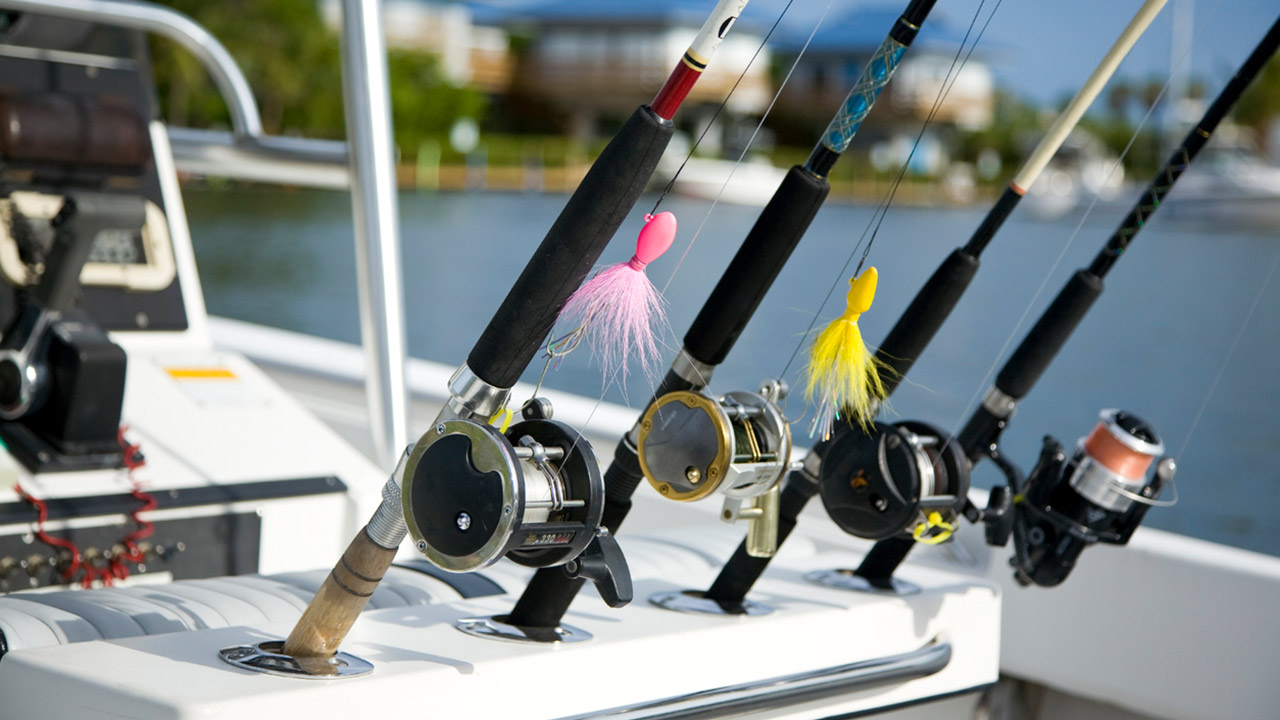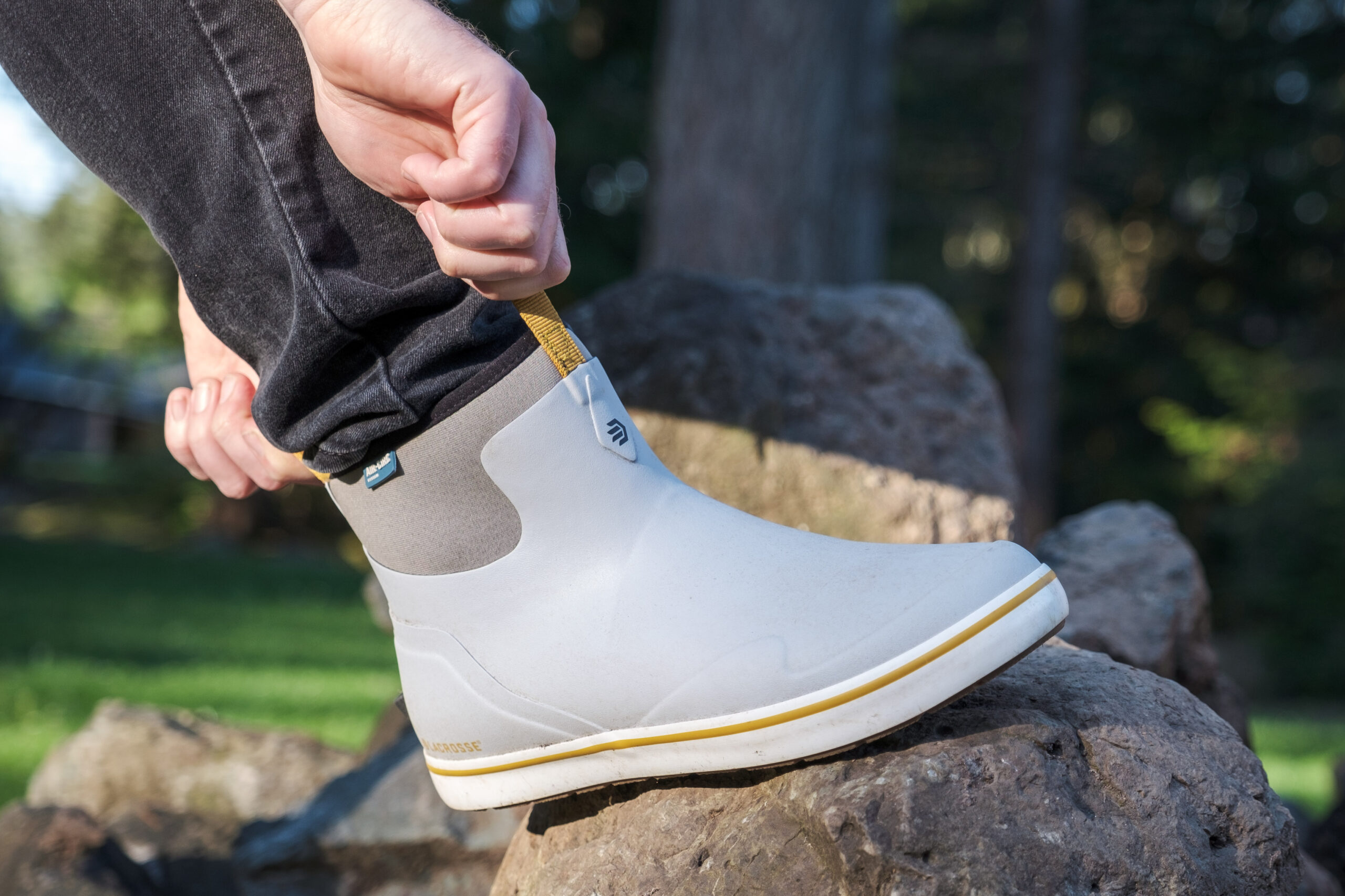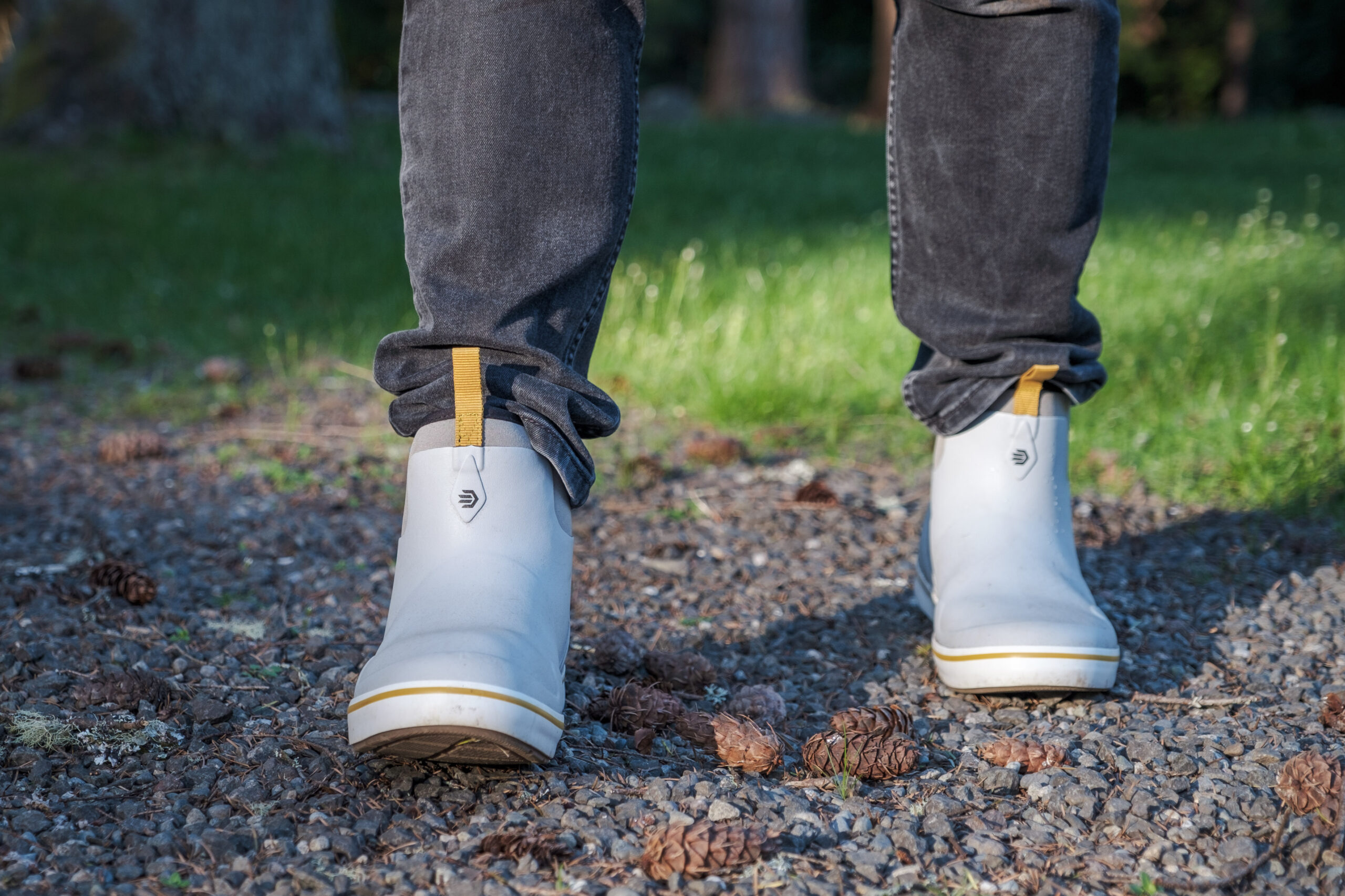If you’re heading to Florida this winter to chase inshore species like redfish, snook, or spotted seatrout, mastering the right fishing knots is crucial to ensure a successful outing. Below are five of the best saltwater fishing knots for Florida’s inshore waters, why they’re essential for local anglers, and which knots to use when targeting redfish specifically.
1. Loop Knot (Non-Slip Loop Knot)
A must-have knot for inshore anglers, the non-slip loop knot is particularly effective when using lures or flies without a split ring attachment. This knot allows the lure or fly to move more naturally in the water, giving it the extra action needed to attract fish. When tied correctly, the knot’s tag end faces away from the hook, preventing it from collecting debris or seagrass during your cast. The loop size depends on the gap between the overhand knot and the hook eye, allowing you to customize the loop’s size to suit different lures or flies. You can find helpful video guides online to get the perfect technique for this knot.
2. Enhanced Clinch Knot
Simple, reliable, and quick, the improved clinch knot is one of the most versatile and widely used knots in Florida’s saltwater fishing. It’s particularly favored for attaching hooks, lures, or flies to your main line. The knot involves passing the tag end through the eye of the hook or lure, then looping it through a second larger loop created by the first few turns around the standing line. This knot provides a strong, tight connection and is known for its consistency, making it a go-to choice for many anglers. Its efficiency in both fresh and saltwater conditions keeps it at the top of every saltwater knot list.
3. Double Uni Knot
Ideal for connecting your leader to your main fishing line (such as tying braided line to fluorocarbon), the double uni knot is commonly used by anglers targeting redfish, snook, and seatrout in Florida’s inshore waters. This knot is flexible in that it works well with lines of different diameters, though it’s most effective when the two lines are similar in thickness. This knot offers strength and reliability, ensuring that the connection between your main line and leader can withstand the tough battles with Florida’s inshore species. For lines with more significant diameter differences, consider alternative knots like the Albright or Surgeon’s Knot for a better hold.
Double uni knot being tied on the water while targeting inshore species.
4. Uni Knot
A fantastic all-around knot, the uni knot is another multi-purpose favorite among Florida inshore anglers. It’s highly effective for attaching hooks, swivels, or terminal tackle to your fishing line. The uni knot excels with both braided and monofilament lines, providing a strong connection that holds up under pressure. Its simplicity and strength—typically testing at 90-100% of the line’s strength—make it a reliable knot for everything from light tackle fishing to heavy inshore pursuits. This knot’s versatility makes it a must-learn for any angler.
5. FG Knot
Though a relatively recent addition to the saltwater fishing community, the FG knot is proving to be one of the most robust and efficient knots for joining braided line to a fluorocarbon or monofilament leader. Its thin, streamlined profile allows it to pass easily through rod guides, making it an excellent choice for longer leaders. This knot is particularly beneficial when targeting larger species like redfish and snook, where knot strength and the ability to pull heavy fish out of structure (such as mangroves or docks) are critical. While it may take some practice to tie correctly, the FG knot is worth mastering for its unmatched durability and performance.
Final Thoughts on Florida Inshore Fishing Knots
Mastering the right knots for your fishing tackle is key to having a successful inshore trip in Florida. Whether you’re fishing for redfish in the mangroves or targeting snook around the bridges, using the correct knot can make all the difference in ensuring a strong, lasting connection between your gear and the fish you’re after. These five knots—ranging from the non-slip loop knot for lures to the FG knot for braid-to-leader connections—are the top choices for inshore fishing in Florida, offering strength, flexibility, and effectiveness for various species and conditions. Be sure to practice these knots before your next trip and learn how each performs under different fishing conditions.











